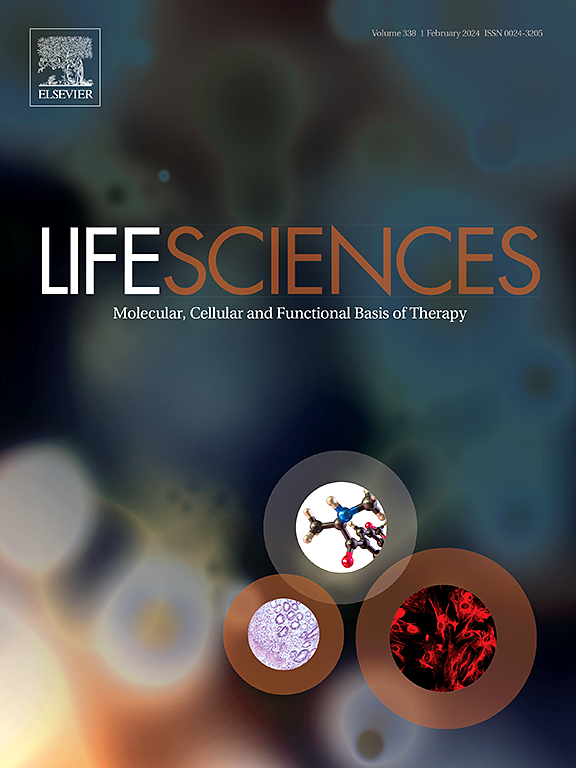Functionalized metal oxide nanoparticles: A promising intervention against major health burden of diseases
IF 5.2
2区 医学
Q1 MEDICINE, RESEARCH & EXPERIMENTAL
引用次数: 0
Abstract
Metal oxide nanoparticles (MONPs) is one of the most effective materials for medical applications with their substantial surface metallic ions and high surface area–volume ratio. Over decades, MONPs have been considered potential treatments due to their demonstrated ability and reactivity to target diverse cellular signaling pathways implicated in antimicrobial effects, as well as in the amelioration of oxidative stress, inflammation, cancer progression, and glucose together with lipid dysregulation. Based on their unique characteristics, MONPs have shown to be biodegradable and biocompatible vehicles for drugs, which have recently been applied in drug delivery as nanocarriers to enhance their delivery capacity for mechanistic membrane transport. However, little is known about the precise cellular responses, molecular mechanisms, and potential use of MONPs in the medical field. This review emphasizes on elaborating the biochemical reactivities of MONPs on molecular and cellular reactions, highlighting the physiological responses, mechanisms of action, certain drawbacks, and remediation of these functionalized materials. The significant goal of this literature is to shed light on the new perspectives of MONPs in pre-clinical application to pursue for clinical research as alternative-personalized medicines to prevent individuals from drastic diseases.

功能化金属氧化物纳米粒子:对主要健康负担疾病的一种有希望的干预措施。
金属氧化物纳米粒子(MONPs)具有大量表面金属离子和高表面积体积比,是医疗应用中最有效的材料之一。几十年来,MONPs 一直被认为是一种潜在的治疗方法,因为它们具有靶向多种细胞信号通路的能力和反应性,这些通路与抗菌作用、改善氧化应激、炎症、癌症进展、葡萄糖和脂质失调有关联。基于其独特的特性,MONPs 被证明是可生物降解和生物兼容的药物载体,最近已作为纳米载体应用于药物输送,以增强其机械膜输送能力。然而,人们对 MONPs 的确切细胞反应、分子机制以及在医学领域的潜在用途知之甚少。这篇综述着重阐述了 MONPs 对分子和细胞反应的生化反应性,强调了这些功能化材料的生理反应、作用机制、某些缺点以及补救措施。这篇文献的重要目的是揭示 MONPs 在临床前应用中的新视角,并将其作为替代性个性化药物用于临床研究,以预防个人罹患严重疾病。
本文章由计算机程序翻译,如有差异,请以英文原文为准。
求助全文
约1分钟内获得全文
求助全文
来源期刊

Life sciences
医学-药学
CiteScore
12.20
自引率
1.60%
发文量
841
审稿时长
6 months
期刊介绍:
Life Sciences is an international journal publishing articles that emphasize the molecular, cellular, and functional basis of therapy. The journal emphasizes the understanding of mechanism that is relevant to all aspects of human disease and translation to patients. All articles are rigorously reviewed.
The Journal favors publication of full-length papers where modern scientific technologies are used to explain molecular, cellular and physiological mechanisms. Articles that merely report observations are rarely accepted. Recommendations from the Declaration of Helsinki or NIH guidelines for care and use of laboratory animals must be adhered to. Articles should be written at a level accessible to readers who are non-specialists in the topic of the article themselves, but who are interested in the research. The Journal welcomes reviews on topics of wide interest to investigators in the life sciences. We particularly encourage submission of brief, focused reviews containing high-quality artwork and require the use of mechanistic summary diagrams.
 求助内容:
求助内容: 应助结果提醒方式:
应助结果提醒方式:


